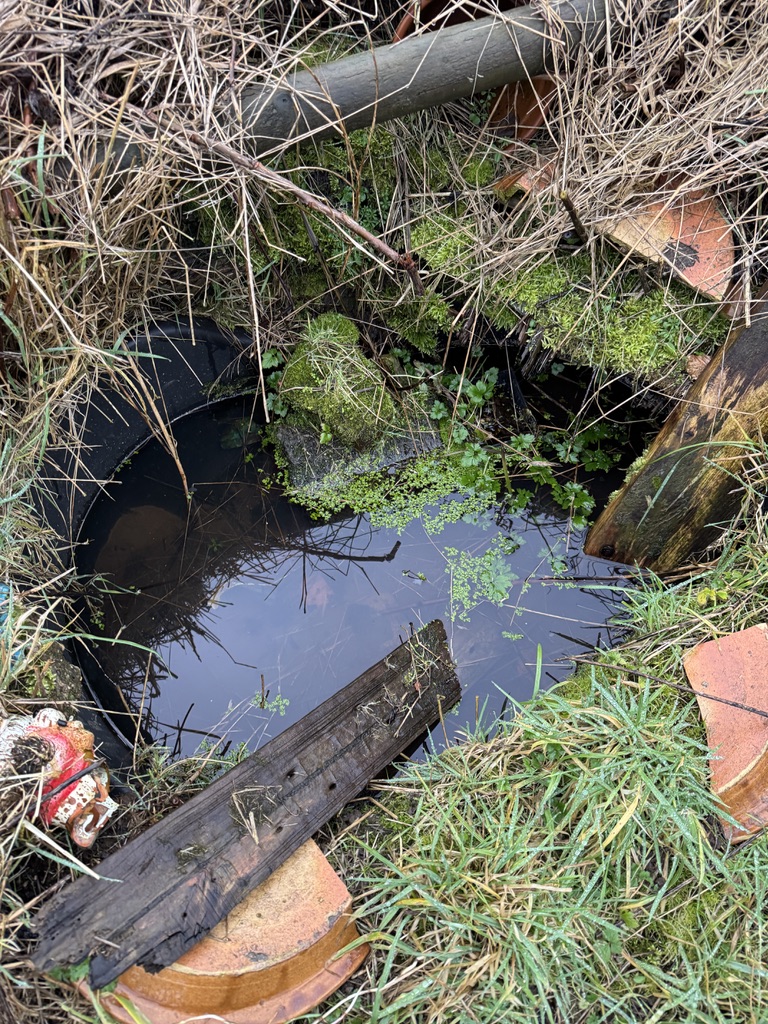
You don’t need a big garden or a fancy setup to make space for wildlife. Our allotment pond is tiny (and definitely in need of a little revamp) it’s actually made from an old dog bed we lined (underneath) and sunk into the ground. It might not be picture-perfect, but it does the job. Frogs and toads moved in pretty quickly! Although, despite regular checks, I haven’t seen any spawn this year – not given up hope yet, though!
My theory over ten years ago was to be 100% organic in our growing so introducing natural snail and slug predators seems to be the way forward. And they’re really cute too!
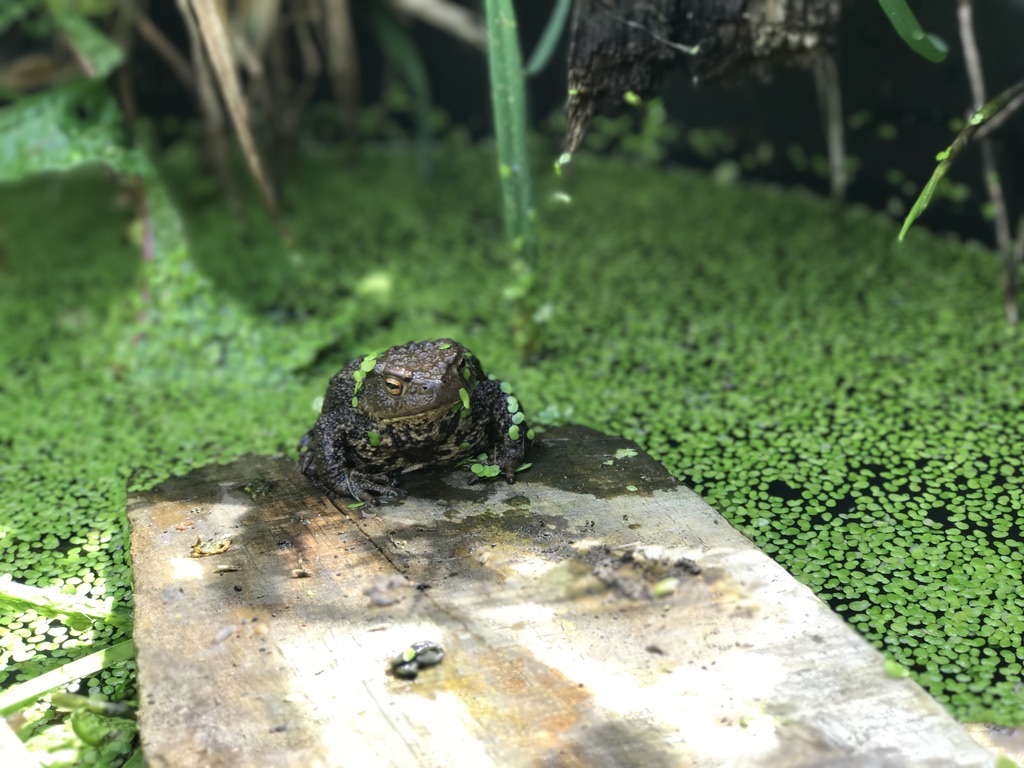
A wildlife pond doesn’t need to be expensive or complicated. The more natural and low-key, the better. Old sinks, washing-up bowls, buckets, or dog beds like ours, anything watertight can be used as a base. Just make sure the sides are shallow or sloped, or add a few stones or bricks inside so creatures can climb out easily.
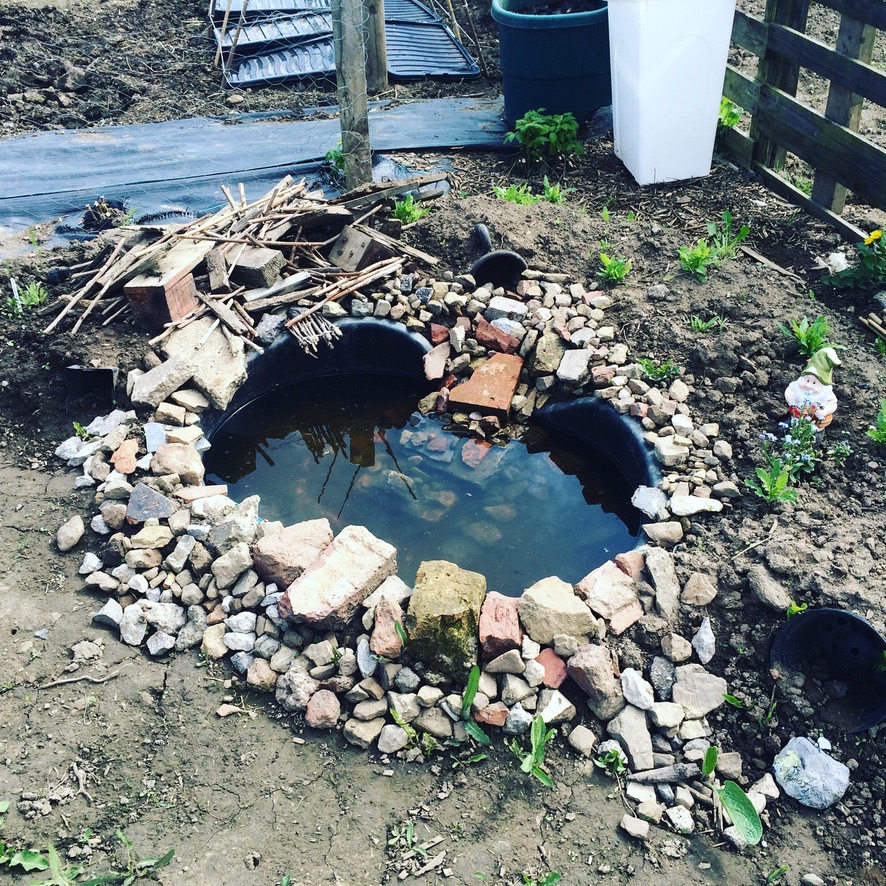
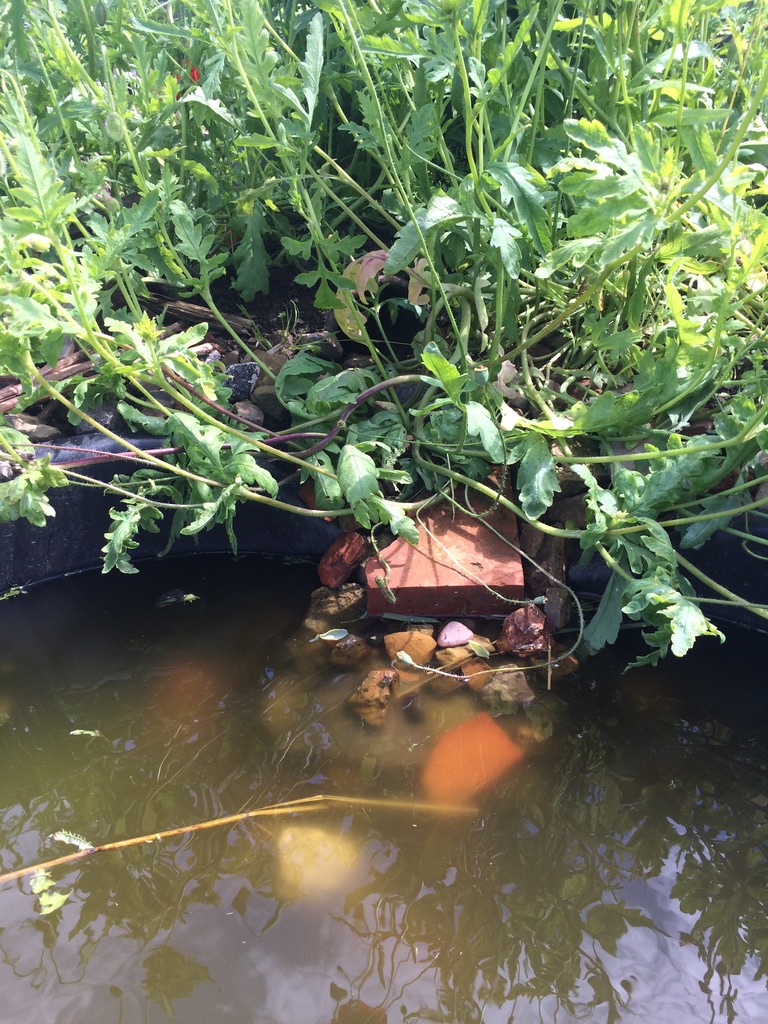
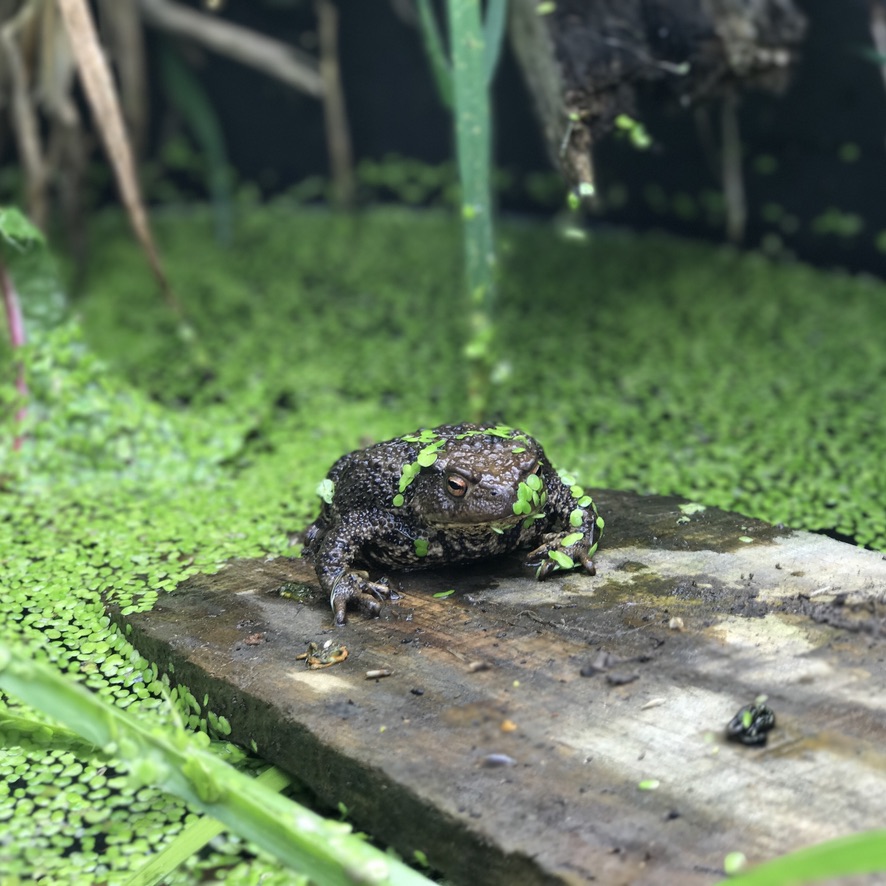
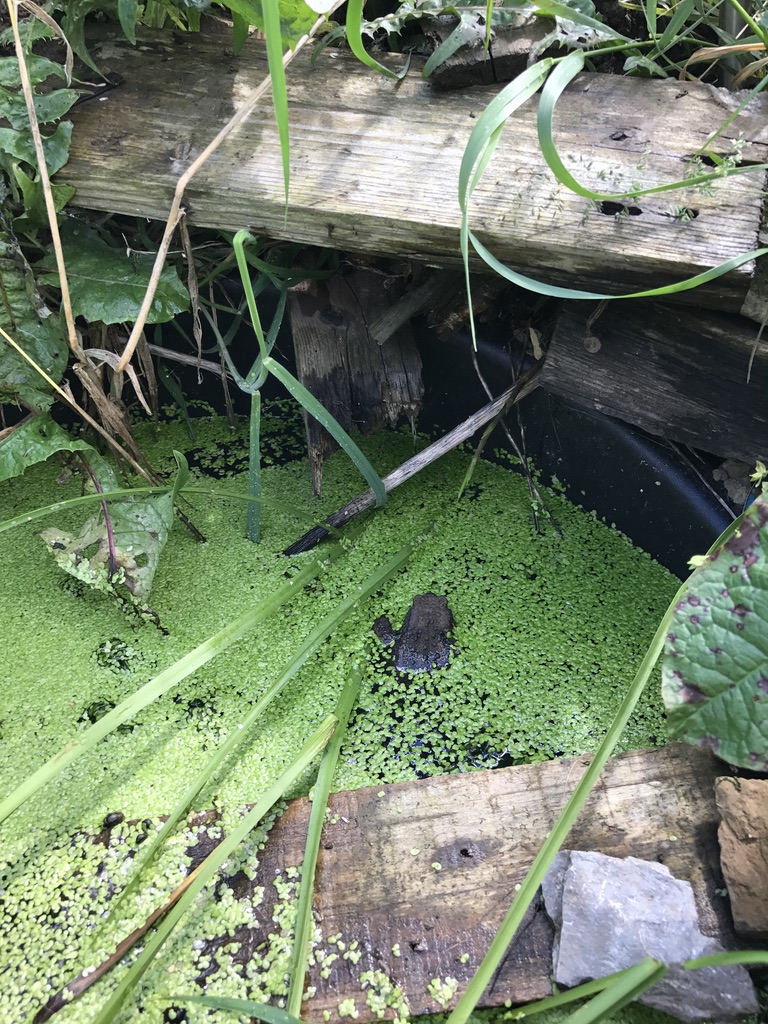
Native plants are best, they support local insects and amphibians. A few good ones to try are: Marsh marigold for the pollinators, water mint and water forget-me-not
You don’t need loads. Just a mix of plants around the edge and in the water will help create the right environment. Avoid anything invasive!
Our pond is small and very low maintenance, a well-planted pond will more or less look after itself. Oxygenating plants help keep the water clear and adding a bit of shade (like a water lily or nearby plants) stops algae from taking over in summer. Don’t add tap water if you can help it; rainwater is better and less likely to cause problems, although we have topped up from the mains now and then.
There’s no need to clean your pond out completely, in fact, we’ve never done this! A bit of sludge and plant debris is normal. If it starts to get overgrown, remove some plants in autumn and leave them by the edge for a couple of days so anything living inside can crawl back.
If you’ve been putting off making a pond because you don’t have the “right” materials or think it has to look a certain way it really doesn’t. Use what you’ve got, plant a few things, and give wildlife a way in (and out). The rest tends to sort itself out.
And if nothing else, it’s a nice thing to sit by with a brew!
Sarah
www.diggingtheearth.org.uk
All photos are my own.
Views: 44
